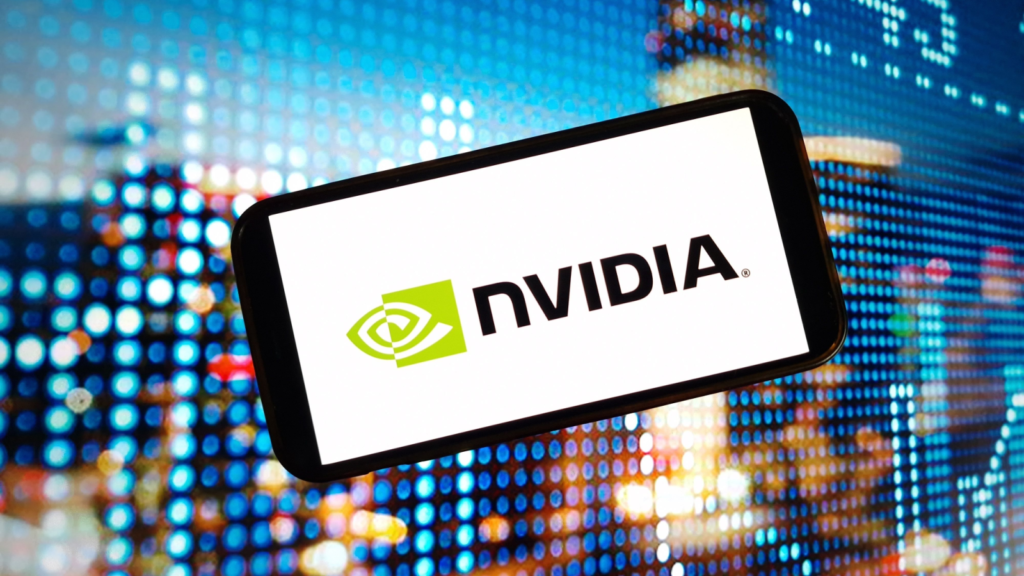
Nvidia (NASDAQ:NVDA) shares continue to hit new split-adjusted all-time highs, yet as seen in recent headlines about Nvidia stock, there’s one development that may be raising some concerns right now.
We’re talking about news about insider selling of the AI chip giant’s shares. The market is bidding up NVDA like it’s going out style. However, take a look at insider transactions with Nvidia.
It appears that the company’s board and C-suite executives, including CEO Jensen Huang are selling into strength rather than letting it ride.
So, is it time to follow suit? Not so fast. As we’ll explain below, this insider selling may not be as big of a red flag as it seems on the surface.
Moreover, all things considered, the long-term bull case remains intact. Cashing out on insider selling fears could prove regretful.
Nvidia Stock: $700 Million in Insider Selling
According to Bloomberg, as of June 18, year-to-date insider selling by Nvidia execs and board members hit $700 million.
More than a third of this selling occurred right after NVDA’s May 22 quarterly earnings release. Insider transactions this year have been all selling, with zero insider buying.
Outside of exercising stock options and other share-based compensation, insiders have not made any Nvidia stock purchases since December 2020.
That’s when CFO Colette Kress made an insider purchase totaling just $107,390.
Since the Bloomberg report, CEO Huang has sold an additional $15.8 million worth of NVDA shares. Kress sold $12.7 million worth of Nvidia on June 21.
Nevertheless, while these may at first sound like big numbers, remember a few things. With Nvidia’s surge to a multi-trillion dollar valuation, these figures are small potatoes compared to the NVDA holdings still held by Huang, Kress, and the other insiders.
Currently, Huang’s personal stake is worth around $10 billion. Kress’s stake is worth around $655.7 million. Moreover, while insiders buy for just one reason, they sell for a variety of reasons.
Some of these reasons, like for estate planning and diversification, have little to do with the underlying stock’s fundamentals.
Still in the High Growth Fast Lane
The skeptics may see insider selling as the latest sign to sell with Nvidia stock, but it’s clear from what we discussed above that it’s hardly the take-away from this development.
This of course hasn’t been the first time that the skeptics have missed the mark, with their bearish take on NVDA.
Like we’ve discussed previously, time and again the bears have underestimated this top performing AI chip stock. Expect this trend to continue, as Nvidia leveling up on its recent success gives way to further revenue and earnings growth.
Nvidia’s sales growth continues to come in at a rapid pace. Even Wall Street analysts are having a tough time keeping up.
Consider too that the rollout of newer, even more powerful AI-compatible chips, such as the Blackwell series, stand to provide a further boost to demand, and it’s easy to see Nvidia continuing to crush it with its quarterly results.
If said trend continues, it’s well within reason that the company’s results in the two upcoming fiscal years ending January 2025 and January 2026 come in at the top end of forecasts.
Two years out, Nvidia’s revenue could exceed $205 billion, and annual earnings could reach $4.75 per share.
The Verdict: Don’t Throw in the Towel Too Early, Let it Ride
Those taking the lead of insiders, by taking chips off the table, may think they are outwitting the market in terms of timing, but in hindsight could feel the same regret that Softbank (OTCMKTS:SFTBY) is feeling now, for its premature move out of Nvidia in 2019.
Yes, five years back, it was considerably harder to anticipate the generative artificial intelligence revolution. However, the AI chip technology that’s made it to market thus far may only scratch the surface of what’s possible.
Hence, instead of splitting hairs about what recent insider selling means, stay focused on the fact that the growth story with NVDA continues.
By resisting the urge to throw in the towel, and letting your position ride, you can potentially avoid missing on Nvidia reaching new split-adjusted highs, such as $150, $175, and perhaps even $200 per share.
Nvidia stock earns an A rating in Portfolio Grader.
On the date of publication, Louis Navellier had a long position in NVDA. Louis Navellier did not have (either directly or indirectly) any other positions in the securities mentioned in this article.
The InvestorPlace Research Staff member primarily responsible for this article did not hold (either directly or indirectly) any positions in the securities mentioned in this article.




